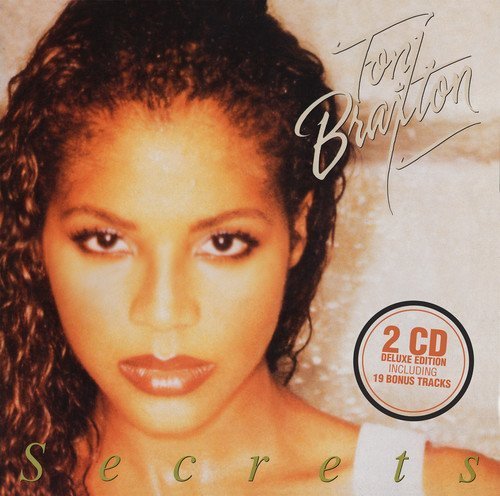Not very long ago, when Hollywood still produced midbudget studio fare, there would be two or three films a year that could best be described as middlebrow adult dramas with a milquetoast liberal humanistic sociopolitical message. The modern paragon of this strange little subgenre is certainly writer-director Tom McCarthy, particularly with his first two films, The Station Agent and The Visitor. These are good films, even if their plots are a bit canned and their political messages too overt, too sweet and too conventional, and Hollywood no longer makes them, except as prestige-chasing Oscar Bait (see McCarthy’s most recent effort, Spotlight). Fortunately, someone somewhere is still funding these uplifting tales of the goodness of our basic liberal institutions and values, as can be seen in Hearts and Bones.
The film follows Daniel Fisher (Hugo Weaving), a globe-trotting Australian photographer who specializes in conflict zones. As publicity for an upcoming gallery show of his photos, he does a radio interview that brings him to the attention of Sebastian Ahmed (Andrew Luri), a South Sudanese taxi driver in Sydney. Sebastian tracks Daniel down, hoping to convince the famous photographer to come and document an all-migrant choir that Sebastian has created at a local community center. Daniel wants nothing to do with the project, but has some kind of medical episode and Sebastian kindly transports him to the hospital. Sebastian’s diligence eventually pays off, Daniel comes to the community center and the two men become fast friends.
In particular, they connect over a series of photos that Daniel took of a village massacre in South Sudan 15 years earlier. It was Sebastian’s village. Over the course of several weeks—time is tracked in the film by how the pregnancies of both men’s partners progress—there are some uncomfortable truths revealed about both of the chief protagonists. In the end, true to the form of this little subgenre, things work out for the characters in such a way as to reveal the fundamental humaneness of our current sociopolitical structures.
This is not meant as a criticism of Hearts and Bones. In a cynical time when people no longer trust the basic principles of modern society (like science or human rights or the counting of votes), affirmation like this is helpful. The most affecting part of the film is the post-fade-to-black slideshow documenting refugees around the world, demonstrating that Hearts and Bones is aware that even its conventional political messages—refugees should be cared for, white people have privilege—can no longer be assumed.
This is not to say that Hearts and Bones is a faultless film. The script is full of conveniences, abandoned subplots (the choir vanishes for more than an hour!) and secondary characters who are ignorant of basic things they should know. An instance of the latter is Daniel’s partner, Josie (Hayley McElhinney), who, in spite of having been intimately involved with a world-famous war photographer for her entire adult life, knows absolutely nothing about the ethics of his sort of work. This sets up the script to easily (and continuously) dunk on her for ignorance, a process that allows several other characters to shine. Again, the point here is not to weave some incredible story that audiences have never encountered before, with unique characters and crackling dialogue: the idea is to affirm the fundamental human values and institutions that make our depraved world just barely livable.
The post Hearts and Bones appeared first on Spectrum Culture.
















